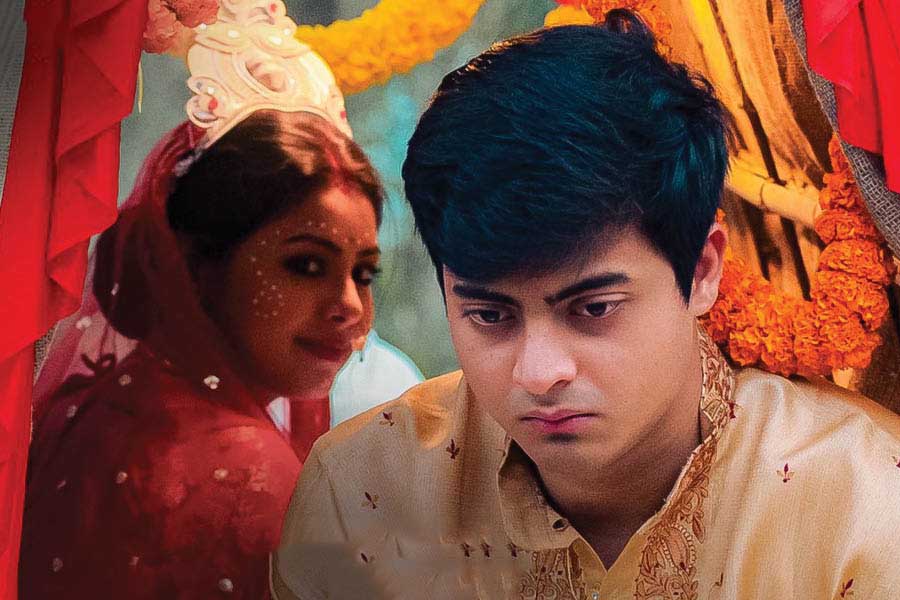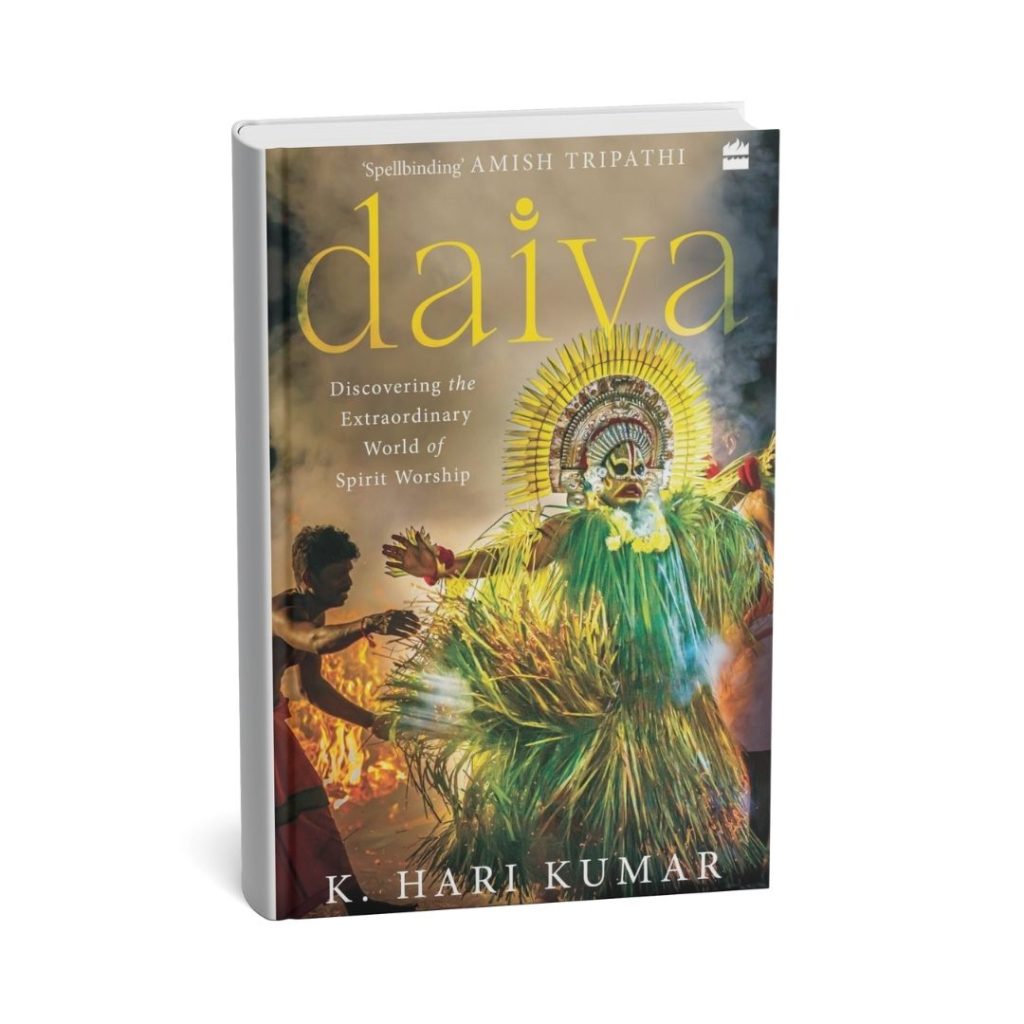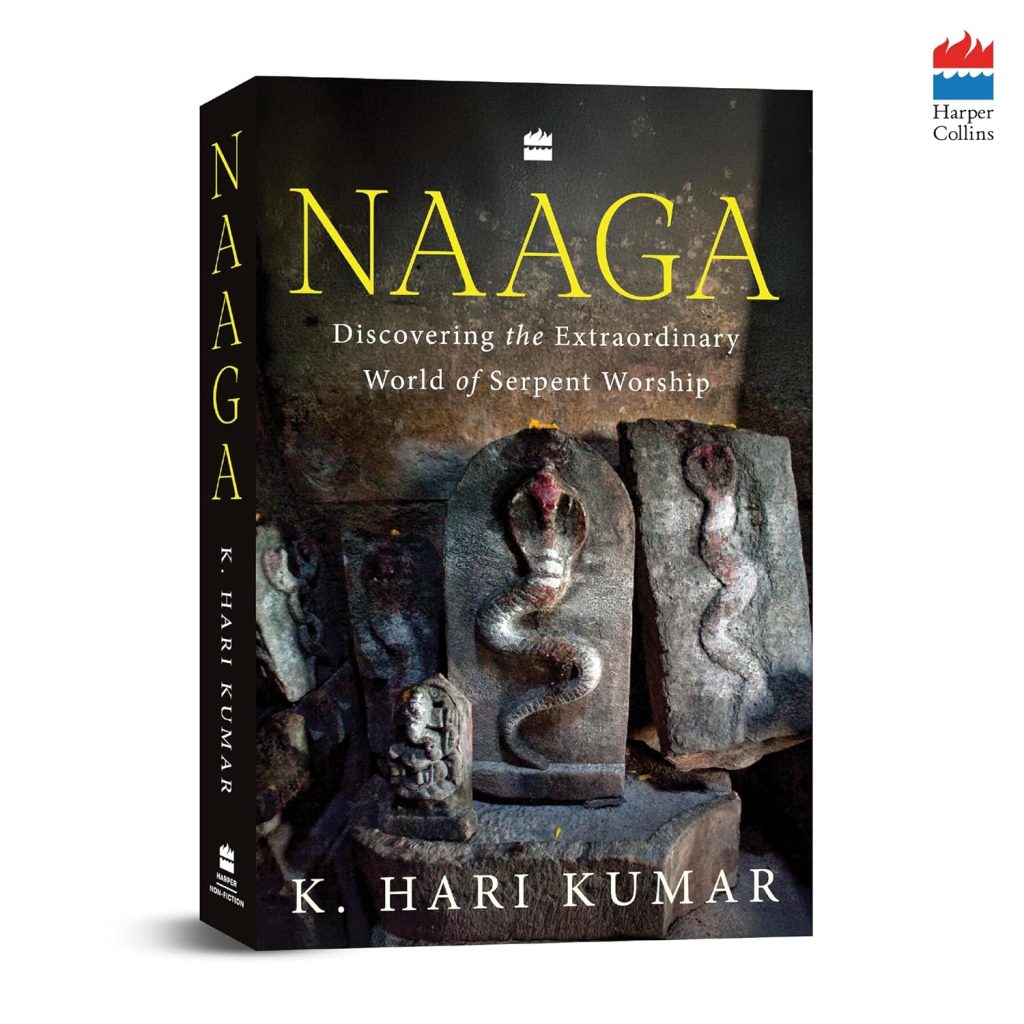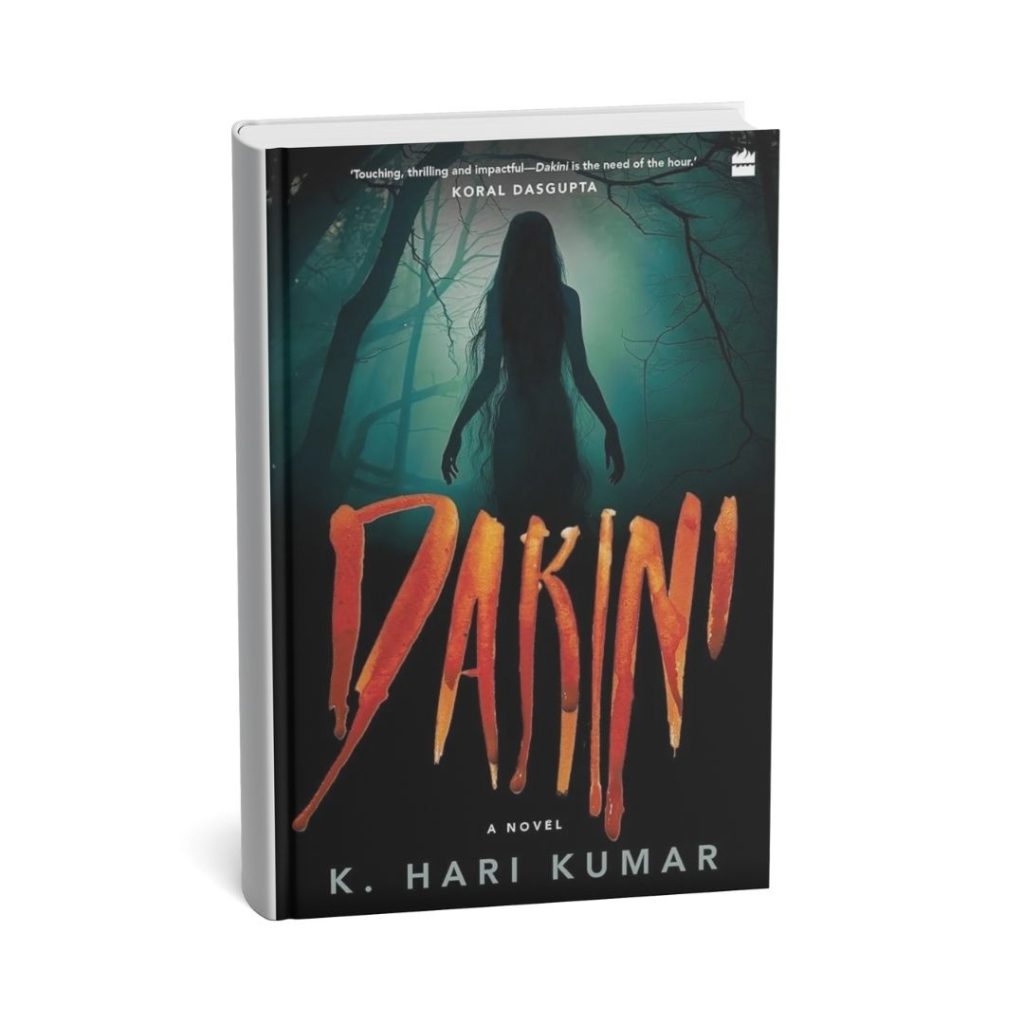There are stories that come with thunder, and there are stories that arrive like a sigh at dusk. The music video adaptation of Rabindranath Tagore’s He Sakha Mama Hridaye Raho is one such sigh—gentle, almost silent, yet carrying the weight of lifetimes. To the non-Bengali ear, He Sakha (হে সখা), will be heard as Hey Shokha, and that’s how it is spelt in the music video that came out in 2024. In this hauntingly evocative retelling, the sacred Rabindra Sangeet becomes more than a hymn. It becomes the pulse of a man torn between two women, two kinds of love, and ultimately, two versions of himself.

Hey Shokha – The Divine Companion
Tagore’s words seem deceptively simple:
He sakha, mama hridaye raho — ‘O friend, remain in my heart.’
Sakha/Shokha/সখা means a friend or a companion. But this ‘friend’ isn’t just a casual companion. In the framework of Tagore’s poetry, this sakha is the divine companion—God, or the eternal Beloved, the Infinite—invited not as a distant deity but as an intimate presence.
A friend who introduced me to this rendition mentioned that this poem is often associated with Durga Puja festivities—a time when the divine in the form of Durga is welcomed as a guest into one’s heart and home. And the longing to meet Durga after the ninth day makes this interpretation all the more poignant.
Somewhere, we are always trudging between the Finite and the Infinite, the mundane and the illusion (Maya). It’s a call to integrate the sacred into the mundane—to find divinity in the laugh of a friend, the salt of a tear, the tedium of everyday life.
The Story: Durga, Maya, and the Man Between
In my child-like understanding of the language, Tagore’s song was always a dialogue with the divine. But in SVF Music’s soulful visualisation, the divine becomes domestic. The heart becomes the battleground. The sakha becomes the voice of conscience.
We begin with Durga—bold, modern, self-assured. The love he chose. But tradition intervenes, and he is married off to Maya—quiet, illiterate, innocent. A woman the world still deems ‘ideal,’ wrapped in silence and sacrifice. He resents her. His heart lingers at the station of his past. But Maya wants to learn, to grow. And so, reluctantly, he begins to teach her. In a way, that’s how the power of worldly illusion works. Then comes the letter. Durga is waiting at Howrah Station—one train away from rekindled love. He is ready to go. Ready to leave everything, just like an ascetic looking to attain the ultimate nirvana.
But fate intervenes.
A forgotten slate holds Maya’s silent truth:
‘I am happy with you. I want to stay with you all my life.’
That’s where the story pivots.
What Durga’s eloquence could not achieve, Maya’s trembling scrawl does. Not grand. Not poetic. Just real. Ironic.
The Emotional Climax
So the man crumples the letter. He chooses not what burns brightest, but what stays warm. Not passion’s muse, but presence’s partner. Not because she pleaded—but because she believed. The haunting notes play throughout. The divine plea becomes a man’s inner whisper. Not distant. Not heavenly. But heartbreakingly human.
The ending is silent. Crushing. Beautiful. He doesn’t speak. He lets go. The camera lingers—on the crumpled letter, on Maya’s face.
But what didn’t happen—that’s what haunts us.
Kudos to those who birthed this music video—turning a timeless Tagore gem into a quiet masterstroke of emotional storytelling.
Symbolism of Hey Shokha
Symbolically, this is the story of a human being tethered to worldly duty, caught between the pull of the Infinite and the presence of Illusion. Durga, the embodiment of divine fire, demands renunciation. Maya, soft and silent, asks him to stay. And in that pivotal moment, illusion transforms into devotion. Maya becomes Durga.
And honestly? That makes perfect sense to me.
Looked at through an Advaitic lens, the moral becomes crystalline: the divine is not separate—it is within illusion, not beyond it. There is no two. The choice was never between Maya and Durga. It was always about recognising the One behind both forms.
But there’s another reading too—just as potent, just as human.
What if Durga, or the Infinite, doesn’t come easy because Maya or the mundane keeps us busy? That’s the ironic struggle of humankind. The very things we must let go of are the ones that keep us entangled. Our identities, our family, our society, our jobs, our earnings—they bind us gently, but firmly. And so the train to transcendence quietly departs, while we stay behind, polishing the floors of the temporal world.
In this view, Hey Shokha becomes a mirror to our spiritual inertia. We want the divine, but we’re still setting the dinner table. We ache for infinity, but forget to erase the slate.
And perhaps that’s the deepest tragedy—
Or maybe, the most beautiful truth.
Lyrics and Meaning of Hey Shokha
Bengali Original:
He sakha, mama hridaye raho
Sangsare sab kaje dhyane gyan-e hridaye raho
Nath, tumi eso dhire sukh-dukh-hasi-nayon-nire,
Laho amar jibon ghire—
Sangsare sab kaje dhyane gyan-e hridaye raho
Meaning in English
Dwell in the quiet chambers of my heart, dear companion—
Not afar, but folded within each work, each thought, each breath of knowing.
Come softly, O Master, veiled in laughter, sorrow, and silent tears—
Wrap your presence around the fabric of my insignificant life.
Be not above, but within—
Not afar, but ever near, in every act of love and awareness.
A Closing Note
He Sakha stayed with me long after the screen faded to black—amusing, unsettling, and deeply moving. Much like Somlata’s soulful rendition of Tagore’s Mayabono Biharini, which dances with that same sense of longing and unattainable grace. If this journey through devotion, illusion, and emotional fidelity stirred something in you, I invite you to go a little further.
Listen to Mayabono Biharini—let it ripple through your veins like twilight wind through trees. And for those who truly want to experience another divine facet of musical devotion, turn your heart toward the ethereal notes of Krishna Nee Begane Baaro (Kannada). A Kannada classic, yes, but more than that—a calling. A soft, eternal beckoning from the blue god himself.
Some songs don’t end. They echo.




Leave a Reply